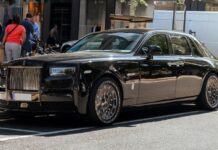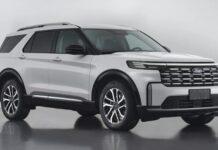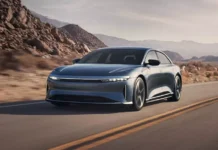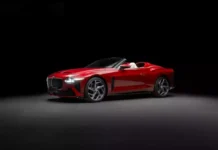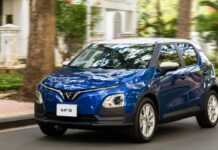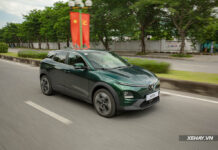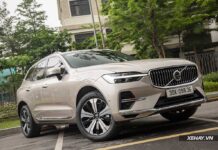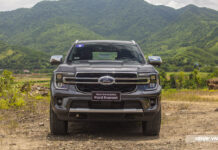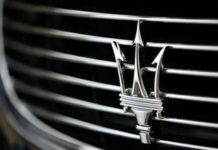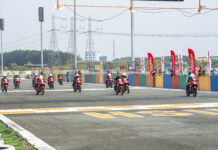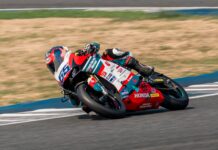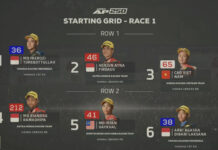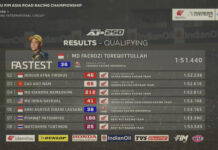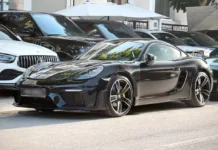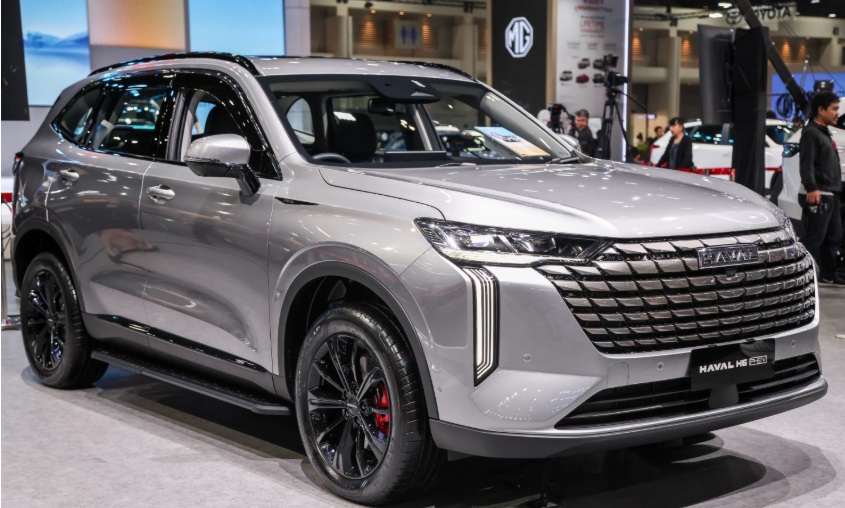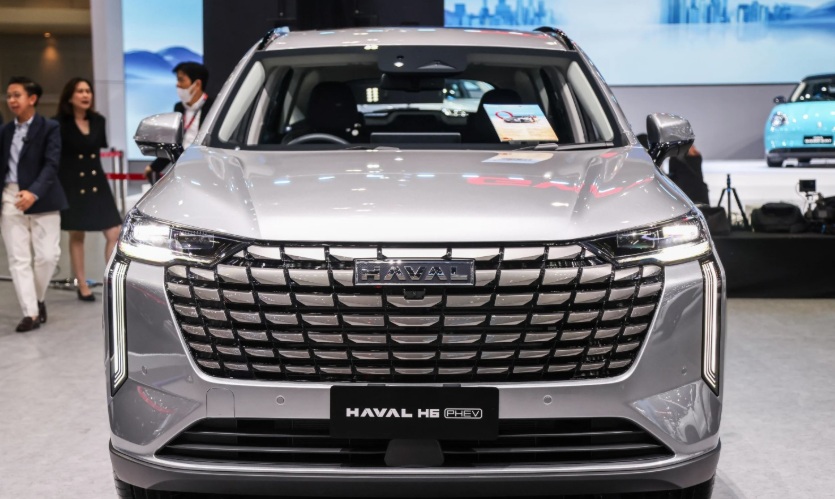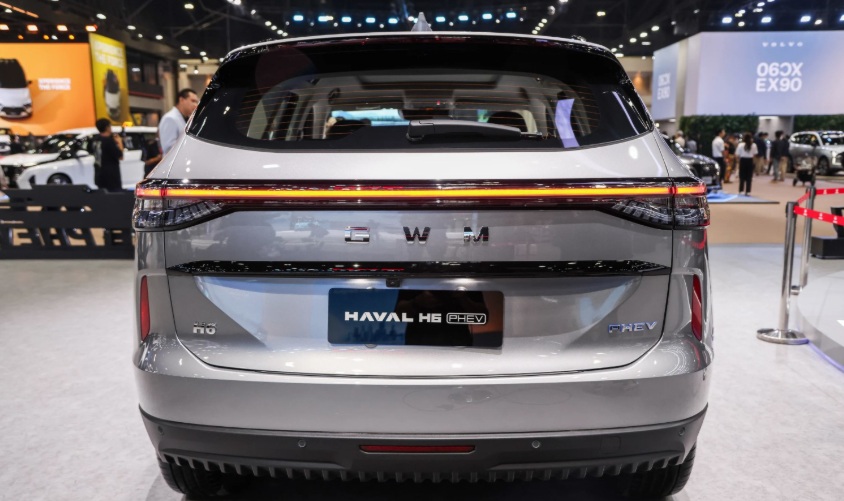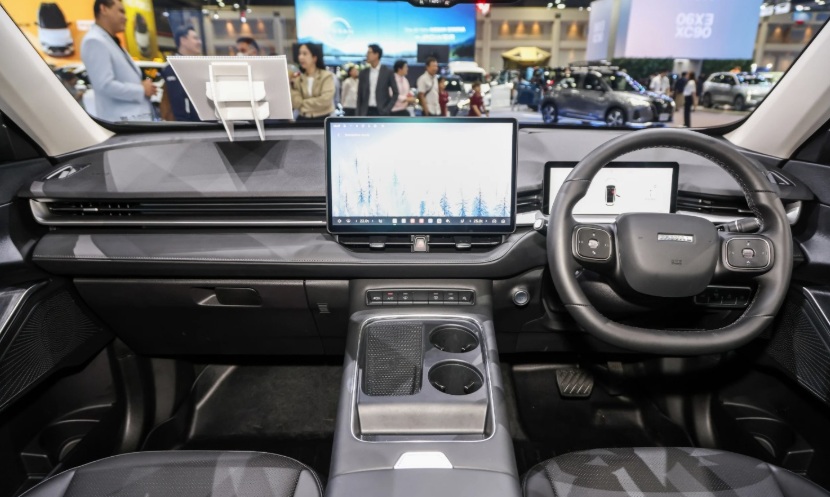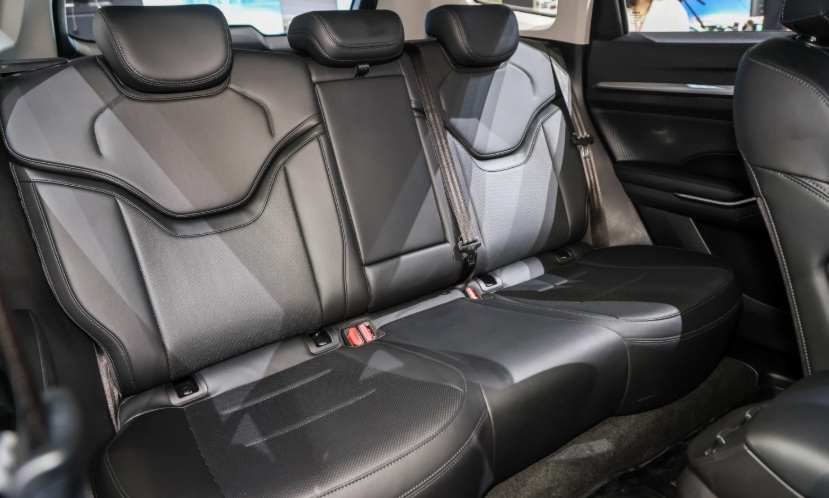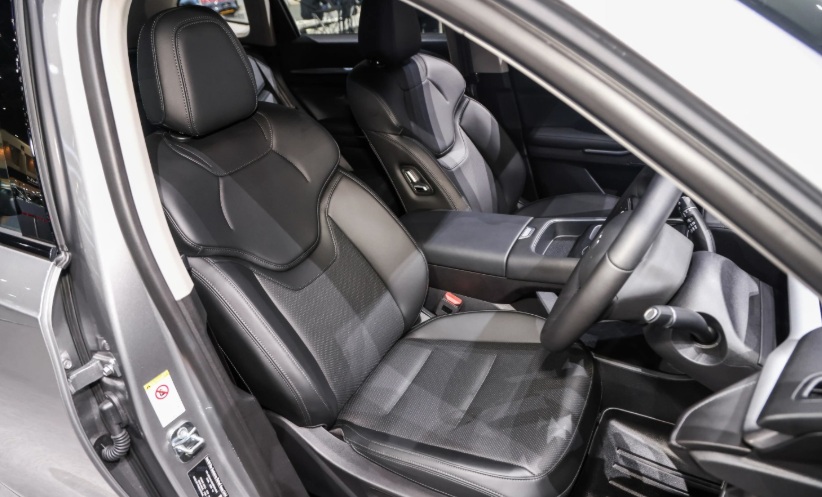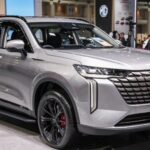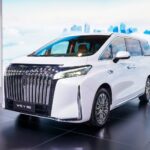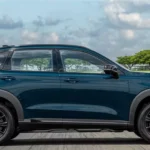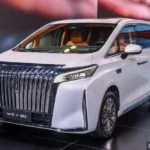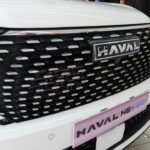Great Wall Motor (GWM) unveiled the mid-life cycle facelift version of the Haval H6 SUV at the 2025 Bangkok International Auto Show.
This also marks the first time the vehicle has been showcased with a right-hand drive configuration, catering to the Southeast Asian market. The 2025 Haval H6 will be assembled at the Rayong plant in Thailand.
The SUV is offered in three variants: H6 HEV Pro priced at 929,000 baht (702 million VND), H6 PHEV Pro at 1,049,000 baht (793 million VND), and H6 PHEV Ultra at 1,149,000 baht (868 million VND).
The Haval H6 facelift boasts a refreshed exterior with L-shaped inverted headlights. The grille has also been redesigned to be more square, featuring the Haval logo in the center.
Notably, the tail of the Haval H6 in Thailand differs from the upgraded version launched in China last year. While the Chinese version features traditional taillights, the Thai model sports a continuous LED strip, with the brand name changed to “GWM” and the chrome trim replaced with black.
In terms of interior, the new Haval H6‘s cabin stands out with its elegant black color scheme. The central control panel has been redesigned by removing the shift knob and replacing it with paddles on the steering wheel. The SUV comes equipped with features such as a new two-spoke steering wheel, a larger 14.6-inch central infotainment screen (up from the previous 12.3-inch unit) that integrates GWM’s Coffee OS 3.0, and a 10.25-inch digital instrument cluster.
Being just a mid-life cycle facelift, the 2025 Haval H6 HEV retains the hybrid powertrain, combining a 1.5L turbocharged gasoline engine with an electric motor to deliver a total output of 240 horsepower and 530 Nm of torque. Meanwhile, the PHEV variant continues to use a 1.5L gasoline engine but with a more powerful hybrid system, producing 321 horsepower and 530 Nm of torque.
A notable change in this facelift is the switch to LFP (Lithium Iron Phosphate) batteries with a capacity of 27.4 kWh, replacing the previous NMC (Nickel-Manganese-Cobalt) 34 kWh batteries. Despite the reduced capacity, LFP batteries offer improved durability and more competitive pricing. However, the all-electric range has decreased from 201 km to 150 km (based on the NEDC standard).
The DC fast-charging capacity has also been reduced from 48 kW to 41 kW, but the time required to charge from 0-80% remains the same at approximately 35 minutes. The SUV supports 6 kW AC charging and utilizes GWM’s dedicated 2-speed DHT hybrid transmission.


